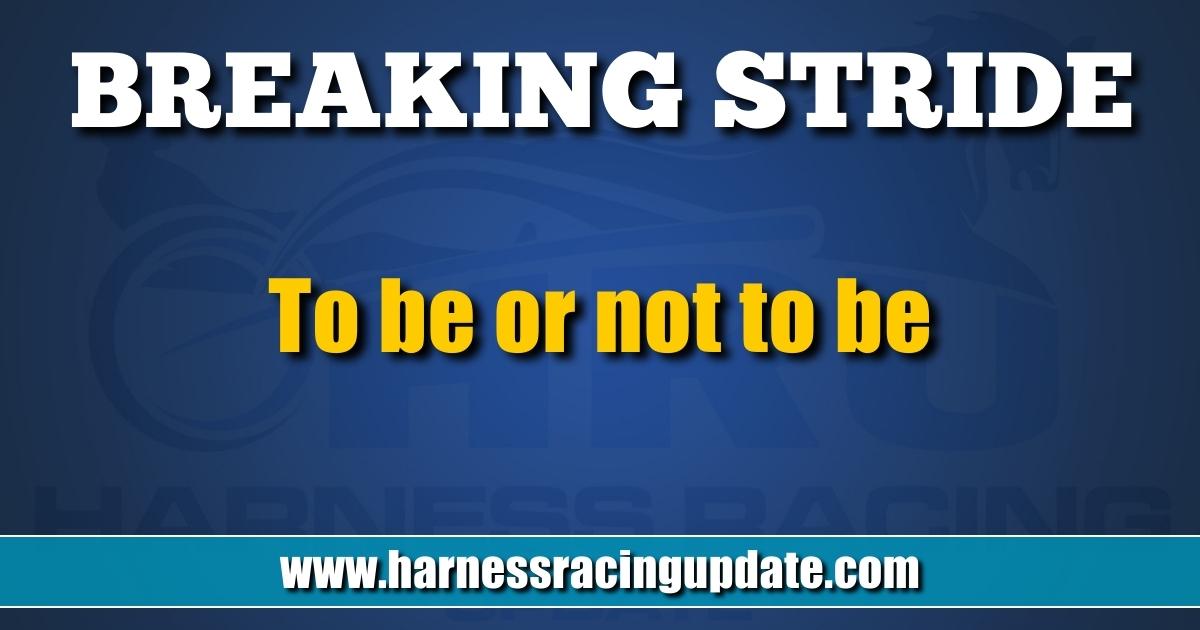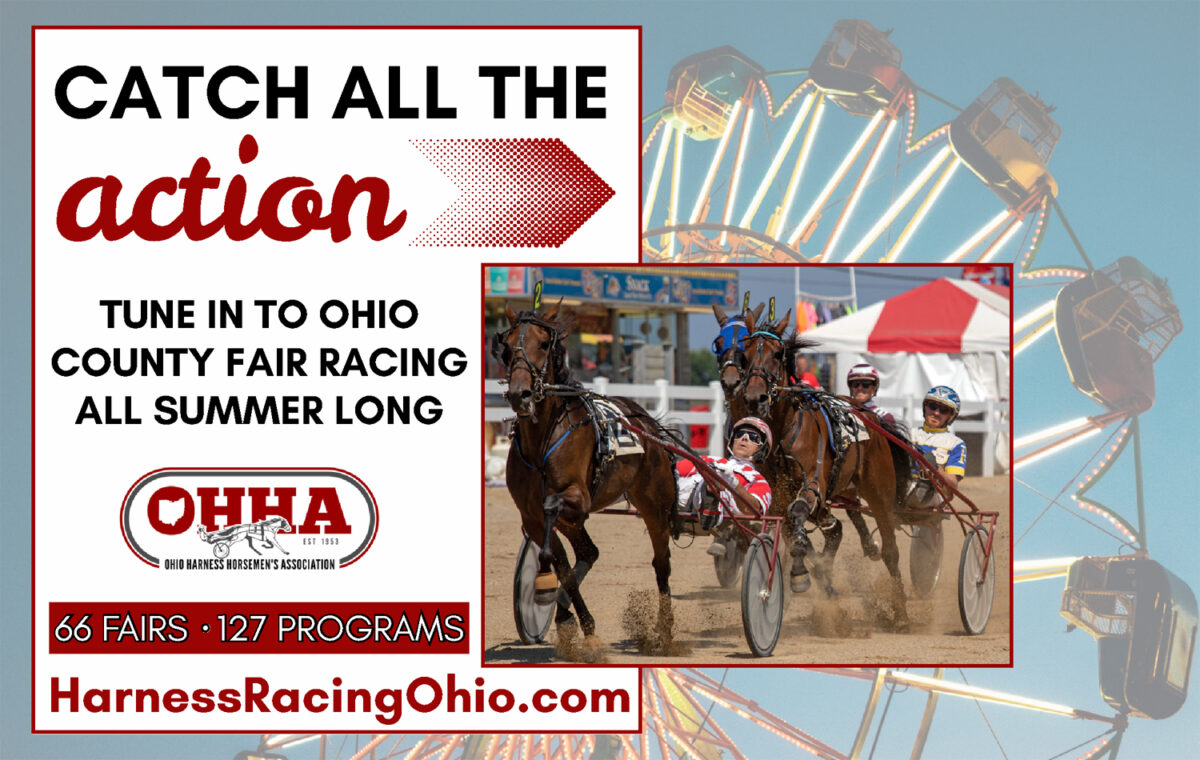To be or not to be
by Trey Nosrac
The end of harness racing at Pompano was a bummer. I never visited, never raced a horse there, but wagering on the iPad gave me a good vibe. The absence of racing in Florida gives us all bad vibes. Rising Phoenix-like from sporting extinction is not easy. Here is a shortlist of sports that did not make it back to popularity:
- Auto Polo— Like horse polo, except the players were on automobiles instead of horses.
- Barrel Jumping— Where ice skaters attempted to jump over a series of barrels.
- Board Track Racing— A motorsport popular in the United States between the 1910s and 1920s. Competitions took place on circular or oval racecourses composed of wooden planks.
- Coaching— Elaborate replications of early mail routes using large stagecoaches with teams of four horses.
- Chariot Racing— The most popular sport in Ancient Greece, Rome, and the Byzantine Era.
- Club Swinging— A sport involving the competitor standing with a bowling pin-shaped club in each hand and then whirling or swinging the clubs very quickly around the body and head in various patterns in a complicated routine.
- Fox Tossing– A person on each end of a sling tosses the fox upwards; the team with the highest throw wins.
- Goose Pulling– In this sport, a goose was hung by its legs while a man on horseback attempted to grab it by the neck to try and pull its head off.
- Jeu de Paume– Originally played with the hand, the precursor to tennis and modern lawn tennis.
- Jousting– A medieval sport in which two horseback competitors, wielding long lances with blunted tips, tried to take each other down.
- Knurr and spell – An old English game from Yorkshire, England, used a stick to hit a ball launched from a trap.
- Kolven– A medieval sport from the Netherlands where the aim was to hit a ball to a target in the minimum number of strokes, a precursor to golf.
- La Soule– A traditional team sport that originated in Normandy and Picardy. Teams from neighboring parishes played with the aim of the game to bring a ball back to the team›s parish church, with or without sticks. The sport was also known as choule.
- Pall Mall– A lawn game that was a precursor to croquet played between the 1500’s and 1600’s.
- Pedestrianism– A 19th-century form of competitive walking.
- Quintain– Horseback competitors with long lances tried to hit a stationary object hanging from a pole.
Perhaps future people will chuckle when they read the updated list of extinct sports and see Harness horse racing – Horses using a specific gait to haul human beings seated in bicycle-like carts for one mile in circles at breathtaking speeds.
Most of us involved in our sport would prefer to follow in the footsteps of Kolven or Jeu de Paume. We want to keep our sport around in some form.
No doubt there were wagers on the above sports. We could all imagine ourselves wagering on who would pull the head off the dangling goose or how close to noon the stagecoach would arrive at the Dover Pub. A few pence or drachma on the outcome of an event always spices up the game, but most games do not rely on this income. Gambling money was always floating around, but, in our case, gambling was everything.
If the Pall Mall league wanted to avoid extinction, they needed to find people and places for the games and ways to subsidize the expenses. If you’re involved in competitive Pall Mall, yachting racing, or polo matches, the participants will pay the bulk of the bills, which will be high. Finding enough people with enthusiasm and money who desire to play on will be the dividing line. Heck, auto polo would still be popular if enough players were enthusiastic, rich, and determined enough.
If harness racing sport sputters towards an end, as it did in Florida, the odds are that some will still wish to continue racing beautiful horses in harness.
Hopefully, the sport will return to where it began, with a group of deep-pocketed people who have a thirst for the game and can afford to quench that thirst.
We all understood that harness racing in Florida was in jeopardy. We are all glum that it occurred. Peons are not much help. However, if wealthy harness racing enthusiasts in Florida spent those days counting down to the last race at Pompano designing a viable stakes racing program for the state, or a replacement racetrack, we would be looking ahead and not looking back.
If innovative benefactors said, “The hell with politicians and gambling revenue, let’s revive harness horseracing in Florida. We can do something to make racing fun and somewhat feasible for people to play. We will make lemonade out of the lemons. Maybe the sport may not rely totally on a pari-mutuel racetrack for a while, but it WILL be.”
Who knows what is possible? Who knows what bright minds can create?
Savvy sporting businesspeople who have resources could take this looming void in Florida as a challenge. What an exciting project for a handful of people with disposable assets and a love for a free-legged trotter in full flight. Resurrecting harness racing in Florida would be an exciting, fulfilling task. Indeed, it would be an improvement from sulking around muttering, “What happened to Pompano stinks.”
The brave, creative warriors could have started preparing for the transition years ago or six months ago, but hopefully, someone will start today. Doing the impossible is possible for extraordinary people.
Are you one of those people?
Do you dream big?
Could you take our game into the next phase and provide a framework for racing?
Could we be better than ever?
Or are we destined to be Fox Tossers in Florida?

















